In this article, you'll discover soldering and how it is done with kinds of soldering and also soldering devices, their application, safety, preventative security measures, and much more.
Soldering and Types
Soldering is the process of joining two items of steel sheets by enhancing filler metal with a melting temperature level below 450 °C. The soldering products are utilized in the soldering process called solder, which is comprised of tin and lead alloy.
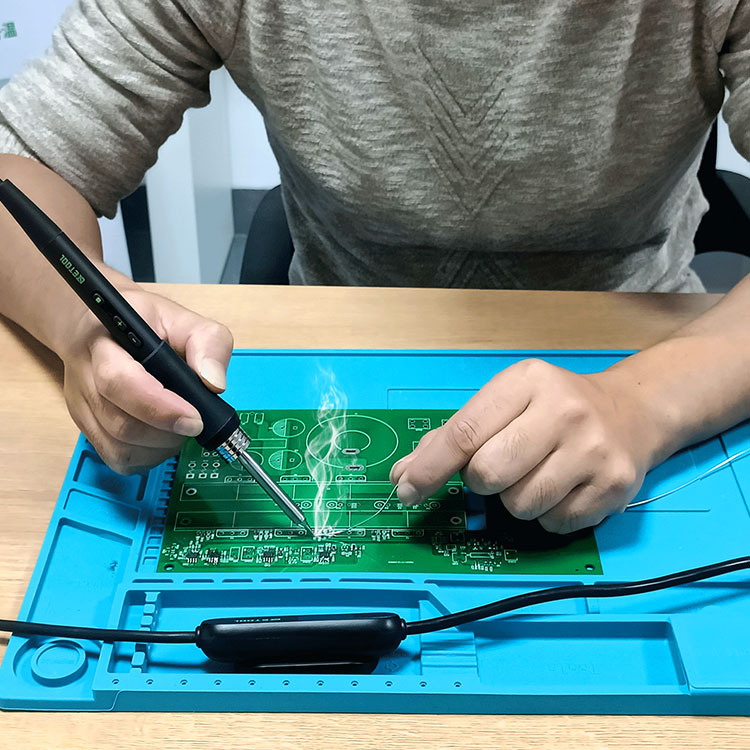
The flux product utilized in the soldering process comprises the function of zinc chloride and ammonium chloride.
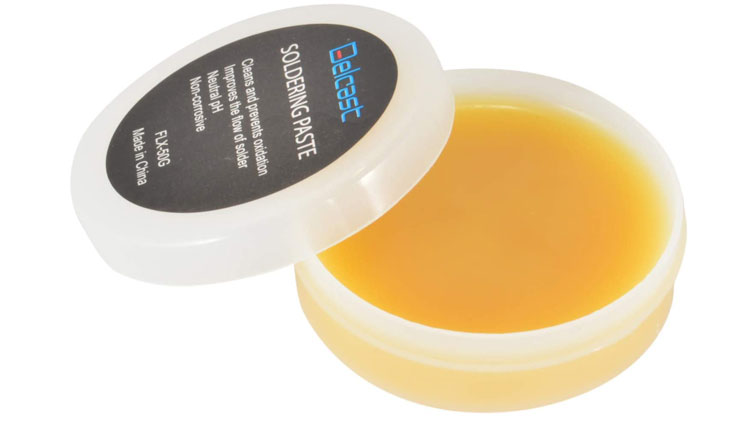
The soldering joint's toughness depends on the alloy's stamina and glue qualities. After soldering, the flux deposits must be removed by washing them completely with water to avoid deterioration. The toughness of the soldering joint is fairly low. Soldering is generally used in electric and electronic applications, sheet steel work cord terminals, metal container sealing, and a few comparable components.
Types of Soldering
Complying with are the types of soldering:
Soft soldering
Hard or Silver soldering
Brazing
It uses sheet-metal work to sign up with components that are not subjected to high-temperature levels and are not subjected to extreme tons and forces. Soft soldering is additionally used for signing up with cables and tiny components.
The solder, mainly made up of lead and tin, has a melting variety of 150 to 350 ° C. An appropriate flux is constantly utilized in soft soldering.
Its feature is to avoid oxidation of the surfaces to be soldered or to dissolve oxides that worked out on the steel surface areas during the recovery procedure. Destructively, Zinc chloride is the most common soldering flux.
The resin is non-corrosive; however, it does not have the cleaning properties of zinc chloride. An impact torch or soldering iron is made, a device for heating base steels and melting solder and flux.
Soft soldering has the least expensive filler metal melting point of all soldering kinds, less than 400 ° C; these filler steels are typically alloys, frequently with liquid temperature below 350 ° C. Due to the reduced temperature levels utilized in soft soldering, it thermally stresses elements the least; however, it does not produce strong joints as well as is, for that reason, unsuitable for mechanical load-bearing applications.
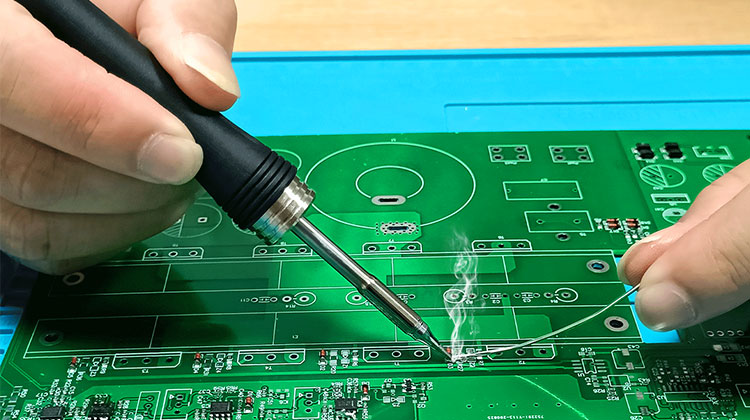
2. Hard or Silver Soldering
It uses solder, which is metal at higher temperatures, as well as stronger than those utilized in soft soldering. Silver soldering is a difficult technique, and silver mixed with tin is utilized as a solder.
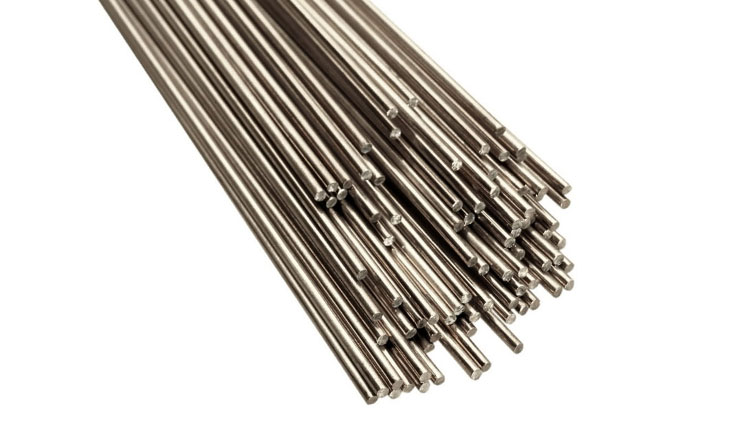
The different difficult solders' temperatures vary from 600 to 900 °F. The fluxes are mainly in paste form and are put on the joint with a brush before heating. In difficult soldering, a blowtorch makes up the devices.
The different structures of solder for different purposes are as follows:
Soft solder-lead 37%, tin 63%.
Tool solder-lead 50%, tin 50%.
Plumbing professional's solder-lead 70%, tin 30%.
Electricians solder-lead 58%, tin 42%.
3. Brazing
These kinds of soldering steel use a much greater melting point than the steels used in difficult and soft soldering. It is comparable to difficult soldering; the bonded metal is heated instead of melting.
Once both products are sufficiently heated up, you can set the soldering metal between them, which melts and functions as a bonding representative.
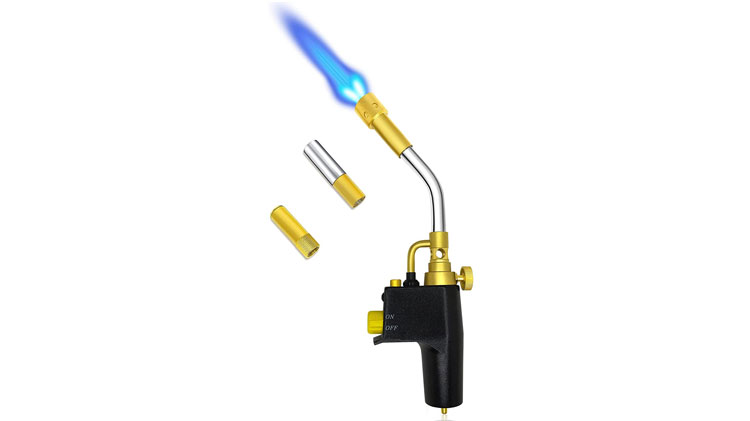
Soldering Tools
The following are the tools utilized in soldering:
Soldering iron.
Soldering station.
Iron pointers.
Brass or standard sponge.
Soldering iron stand.
Solder.
Assisting Hand.
A soldering iron is a hand device made to warm solder, normally from an electric power supply, at heats above the melting point of a metal alloy. It permits the solder to stream in between workpieces needed for signing up.
This soldering device is made from a protected handle and a heated pointed metal iron tip. The soldering iron has design uses; it can be used in different links.
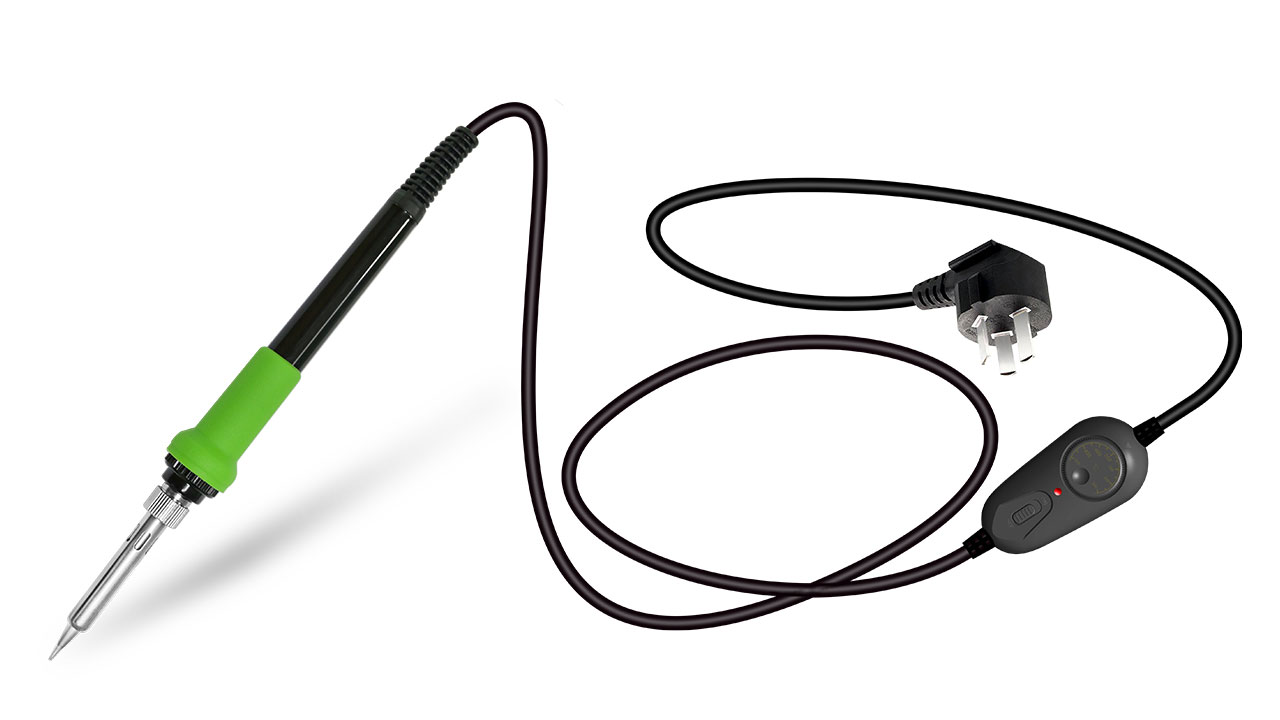
If you are going to do a great deal of soldering, this is excellent due to the fact that they give more adaptability as well as control. The main advantage of a soldering station is the ability to adjust the soldering iron temperature level properly, which is fantastic.
These stations can additionally develop a risk-free office as some consist of sophisticated temperature level sensors, advising setups, and password security for security.
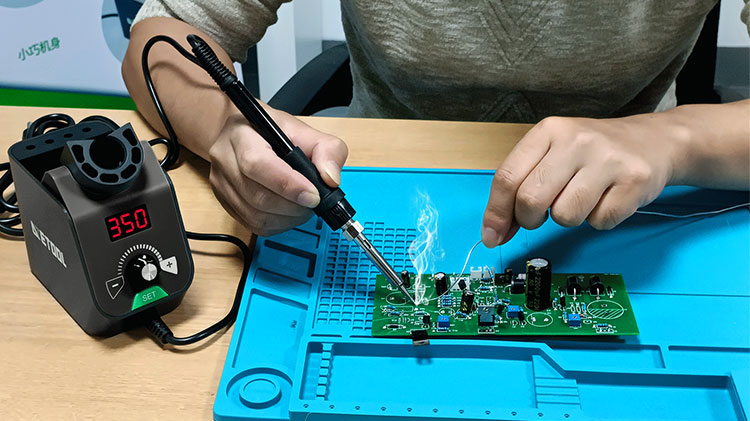
The majority of soldering iron endings have a compatible component referred to as a soldering tip. This tip has many forms, and they come in a variety of sizes and shapes. Each tip is used for a details function and gives a unique advantage over the other.
The most common pointers you utilize in electronics tasks are:
Conical tip
Carve tip
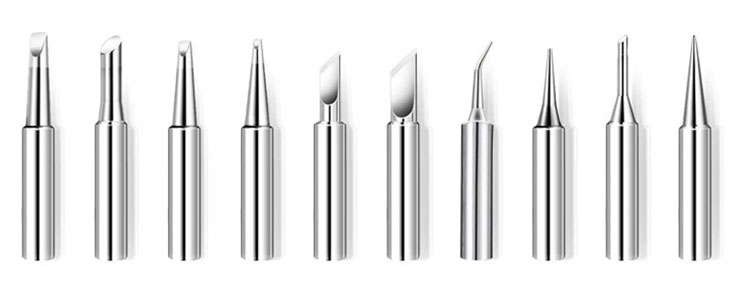
Soldiers utilize a sponge, which will assist in cleaning the soldering iron tip, which eliminates oxidation. With oxidation, the pointers will turn black and decline solder as if they were new. You can utilize a conventional damp sponge, which reduces the tip's lifetime because of increase and lower.
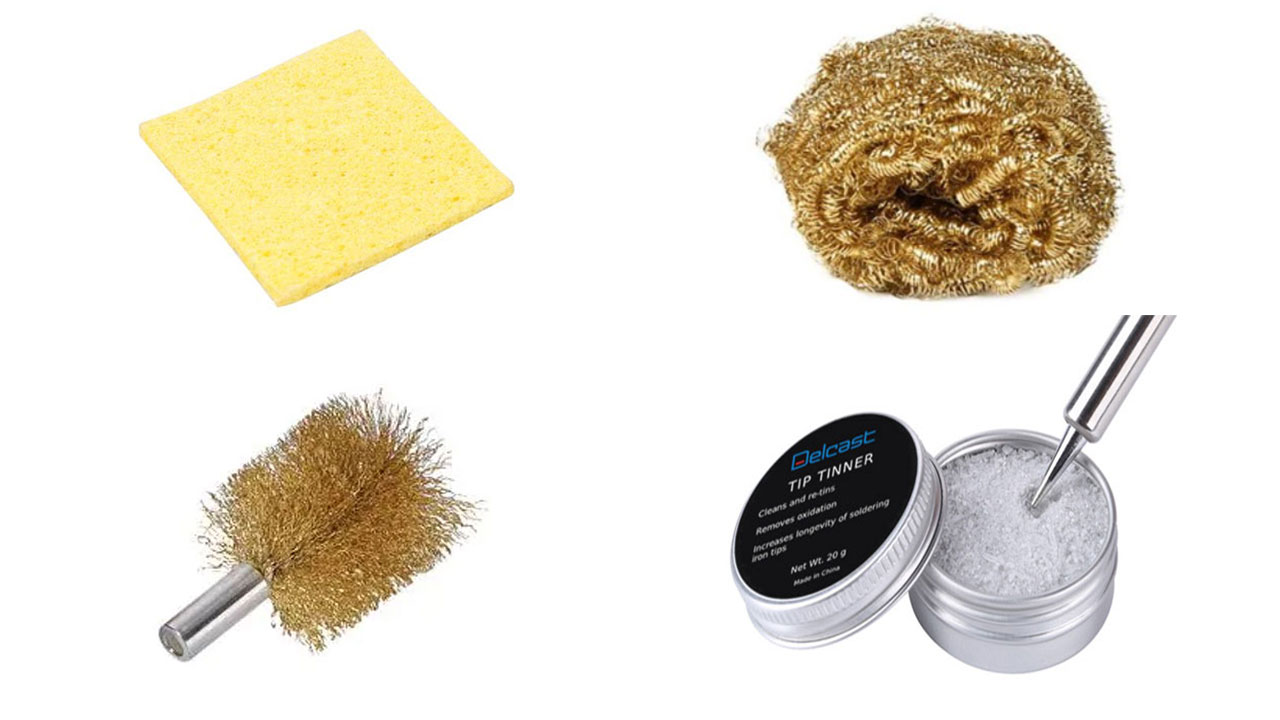
Additionally, the tip temperature will drop temporarily when the wet sponge is wiped. So it is far better to use a brass sponge.
A soldering iron stand is basic but extremely helpful in soldering procedures. This stand stops the curling iron tip from entering the call with flammable materials or triggering unexpected injury to your hand.
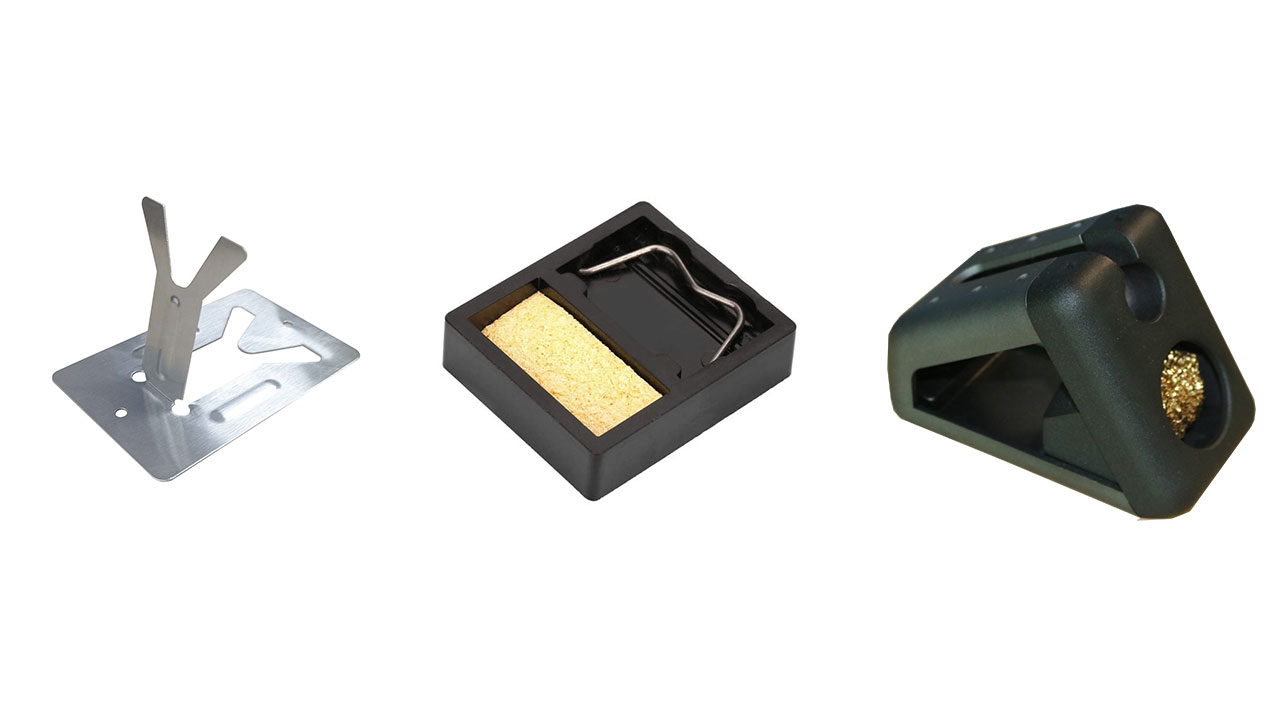
6. Solder
Solder is a metal alloy thawed to create a permanent bond between electrical parts. Inside the core, there is a substance understood as a flux that assists boosts electric get in touch as well as its mechanical strength.
One of the most frequently used kinds is lead-free Rossin core solder for digital soldering.
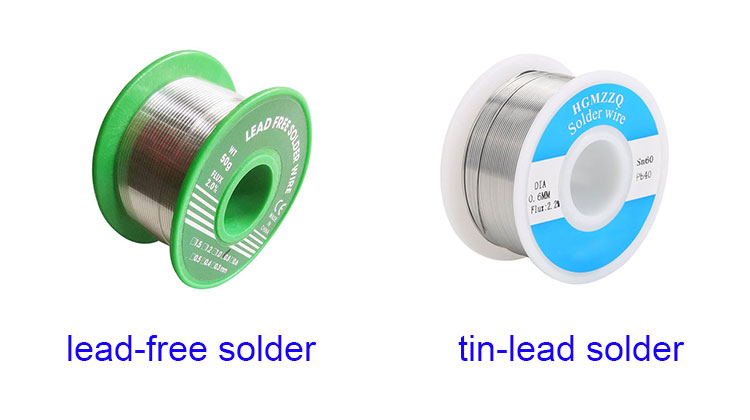
7. Assisting Hand
It is a device that includes two or even more clips; in some cases, a magnifying glass/light is connected. The clips will help you hold the points you are trying to sell while utilizing the soldering iron and also solder. It is called an assisting device in the soldering procedure.
Safety in Soldering
The temperature level of welding torches can reach 800 F (Fahrenheit), so it is vital to understand where your iron is at perpetuity. When doing soldering, you use a soldering iron stand to avoid unintentional damage.
When solders are warmed, fumes are launched, which are unsafe for your eyes and lungs. It recommends using a fume extractor, a fan with a charcoal filter that absorbs dangerous solder fumes.
It would be best to wear protective eyeglasses when soldering to protect from an accidental splash of hot solder.
Benefits of Soldering
Complying with these are the benefits of soldering:
It is an easy and cost-effective process.
The base metal has no metallurgical damage because it has been done at relatively low-temperature levels.
Basic home heating can easily take down the soft solder joint.
Operator tiredness is less compared to the welding procedure. Soldering is divided right into two categories: soft as well as hard.
Drawbacks of Soldering
The following are the drawbacks of soldering:
The process is restricted to a minimum density( 3mm).
The knowledgeable driver is needed.
Strength of the joint, when compared to welding, is lower.
Applications of Soldering
Complying with these are the primary applications of soldering:
Sodering is utilized to join vehicle radiator cores.
Used to plumbing.
Mainly beneficial in electronic markets like radio, TV, and computers.
For signing up with wires and cables to lugs in electric industries.
Contact: Mr. Li
Phone: (0086) 138 24254 321
E-mail: atetool@atetool.com.cn
Add: 5F, 1-2# Building, Tongfuyu Industrial Zone, Aiqun Rd, Shiyan Subdistrict, Bao'an, Shenzhen, 518108, China